A Hierarchical Vertical Handover Algorithm Based on Fuzzy Logic in Heterogeneous Wireless Networks
-
摘要:
在异构无线网络中,针对综合考虑网络端和用户端参数的垂直切换算法,参数权重难以确定,同时基于模糊逻辑的垂直切换算法存在复杂度高的问题,该文提出一种基于模糊逻辑的分级垂直切换算法。首先,将接收信号强度(RSS)、带宽、时延输入到1级模糊逻辑系统,结合规则自适应匹配,推理出QoS模糊值,并通过QoS模糊值对网络进行初步筛选得到候选网络集;然后通过触发机制触发2级模糊逻辑系统,并将候选网络的QoS模糊值、网络负载率、用户接入费用输入2级模糊逻辑系统,同时结合规则自适应匹配,得到输出判决值,从而选择最佳接入网络。最后,实验结果表明,该算法能保证网络性能的同时,降低系统的时间开销。
Abstract:In the heterogeneous wireless networks, the parameter weight is difficult to determine for the vertical handover algorithm considering the parameters of the network and the user, at the same time, the vertical handover algorithm based on fuzzy logic has high complexity. Considering this problem, a hierarchical vertical handover algorithm based on fuzzy logic is proposed. Firstly, the Received Signal Strength (RSS), bandwidth and delay are input into the first-level fuzzy logic system. Combining with the rule adaptive matching, the QoS fuzzy value is inferred, and the network is initially filtered by the QoS fuzzy value to obtain the candidate network set; Then, the second-level fuzzy logic system is triggered by the trigger mechanism, and the QoS fuzzy value, network load rate and user access cost of the candidate network are input into the second-level fuzzy logic system. At the same time, the output decision value is obtained by combining the adaptive rule matching, so as to select the best access network. Finally, the experimental results show that the algorithm can guarantee the network performance while reducing the time cost of the system.
-
Key words:
- Heterogeneous wireless networks /
- Fuzzy logic /
- Complexity /
- Rule adaptive matching /
- Trigger mechanism
-
表 1 部分模糊规则示例
If and and Then If and and Then RSS 带宽 时延 QoS QoS 负载率 接入费用 判决值 低 低 低 低 低 低 低 低 低 中 低 低 低 低 中 低 低 高 低 低 低 低 高 低 中 中 中 中 中 低 低 高 中 中 高 低 中 中 中 中 高 高 低 高 高 低 低 高 高 高 中 高 高 中 低 高 高 低 高 低 高 高 中 中 表 2 候选网络的参数值
网络 带宽(kbps) 时延(ms) 发送功率(dBm) 路径损失(dBm) 接入费用(元) LTE 310 48 30 33 0.6 WLAN1 4100 105 20 54 0.1 WLAN2 6900 180 20 54 0.4 WLAN3 6500 80 20 54 0.5 -
BHOSALE S and DARUWALA R. Multi-criteria vertical handoff decision algorithm using hierarchy modeling and additive weighting in an integrated WLAN/WiMAX/UMTS environment-A case study[J]. KSII Transactions on Internet and Information Systems, 2014, 8(1): 35–57. doi: 10.3837/tiis.2014.01.003 HAIDER A, GONDAL I, and KAMRUZZAMAN J. Dynamic dwell timer for hybrid vertical handover in 4G coupled networks[C]. The 73rd IEEE Vehicular Technology Conference, Yokohama, Japan, 2011: 1–5. doi: 10.1109/VETECS.2011.5956636. NING Zhaolong, SONG Qingyang, LIU Yejun, et al. Markov-based vertical handoff decision algorithms in heterogeneous wireless networks[J]. Computers & Electrical Engineering, 2014, 40(2): 456–472. doi: 10.1016/j.compeleceng.2013.10.012 SINGH N P and SINGH B. Vertical handoff decision in 4G wireless networks using multi attribute decision making approach[J]. Wireless Networks, 2014, 20(5): 1203–1211. doi: 10.1007/s11276-013-0670-1 GOUDARZI S, HASSAN W H, ANISI M H, et al. MDP-based network selection scheme by genetic algorithm and simulated annealing for vertical-handover in heterogeneous wireless networks[J]. Wireless Personal Communications, 2017, 92(2): 399–436. doi: 10.1007/s11277-016-3549-5 LAHBY M and SEKKAKI A. Optimal vertical handover based on TOPSIS algorithm and utility function in heterogeneous wireless networks[C]. 2017 International Symposium on Networks, Computers and Communications, Marrakech, Morocco, 2017: 1–6. ALOTAIBI N M and ALWAKEEL S S. A neural network based handover management strategy for heterogeneous networks[C]. The 14th IEEE International Conference on Machine Learning and Applications, Miami, USA, 2015: 1210–1214. NURJAHAN, RAHMAN S, SHARMA T, et al. PSO-NF based vertical handoff decision for ubiquitous heterogeneous wireless network[C]. 2016 International Workshop on Computational Intelligence, Dhaka, Bangladesh, 2016: 153–158. ALSAMHI S H and RAJPUT N S. An intelligent hand-off algorithm to enhance quality of service in high altitude platforms using neural network[J]. Wireless Personal Communications, 2015, 82(4): 2059–2073. doi: 10.1007/s11277-015-2333-2 KALEEM F, MEHBODNIYA A, ISLAM A, et al. Dynamic target wireless network selection technique using fuzzy linguistic variables[J]. China Communications, 2013, 10(1): 1–16. doi: 10.1109/CC.2013.6457526 CEKEN C and ARSLAN H. An adaptive fuzzy logic based vertical handoff decision algorithm for wireless heterogeneous networks[C]. The 10th IEEE Annual Wireless and Microwave Technology Conference, Clearwater, USA, 2009: 1–9. TSAI K L, LIU Hanyun, and LIU Yuwei. Using fuzzy logic to reduce ping-pong handover effects in LTE networks[J]. Soft Computing, 2016, 20(5): 1683–1694. doi: 10.1007/s00500-015-1655-z 马彬, 张文静, 谢显中. 面向终端个性化服务的模糊垂直切换算法[J]. 电子与信息学报, 2017, 39(6): 1284–1290. doi: 10.11999/JEIT160839MA Bin, ZHANG Wenjing, and XIE Xianzhong. Individualization service oriented fuzzy vertical handover algorithm[J]. Journal of Electronics &Information Technology, 2017, 39(6): 1284–1290. doi: 10.11999/JEIT160839 LI Limin, MA Lin, XU Yubin, et al. Motion adaptive vertical handoff in cellular/WLAN heterogeneous wireless network[J]. The Scientific World Journal, 2014, 2014: 341038. doi: 10.1155/2014/341038 KUSTIAWAN I and CHI Kuanghui. Handoff decision using a kalman filter and fuzzy logic in heterogeneous wireless networks[J]. IEEE Communications Letters, 2015, 19(12): 2258–2261. doi: 10.1109/lcomm.2015.2495212 -





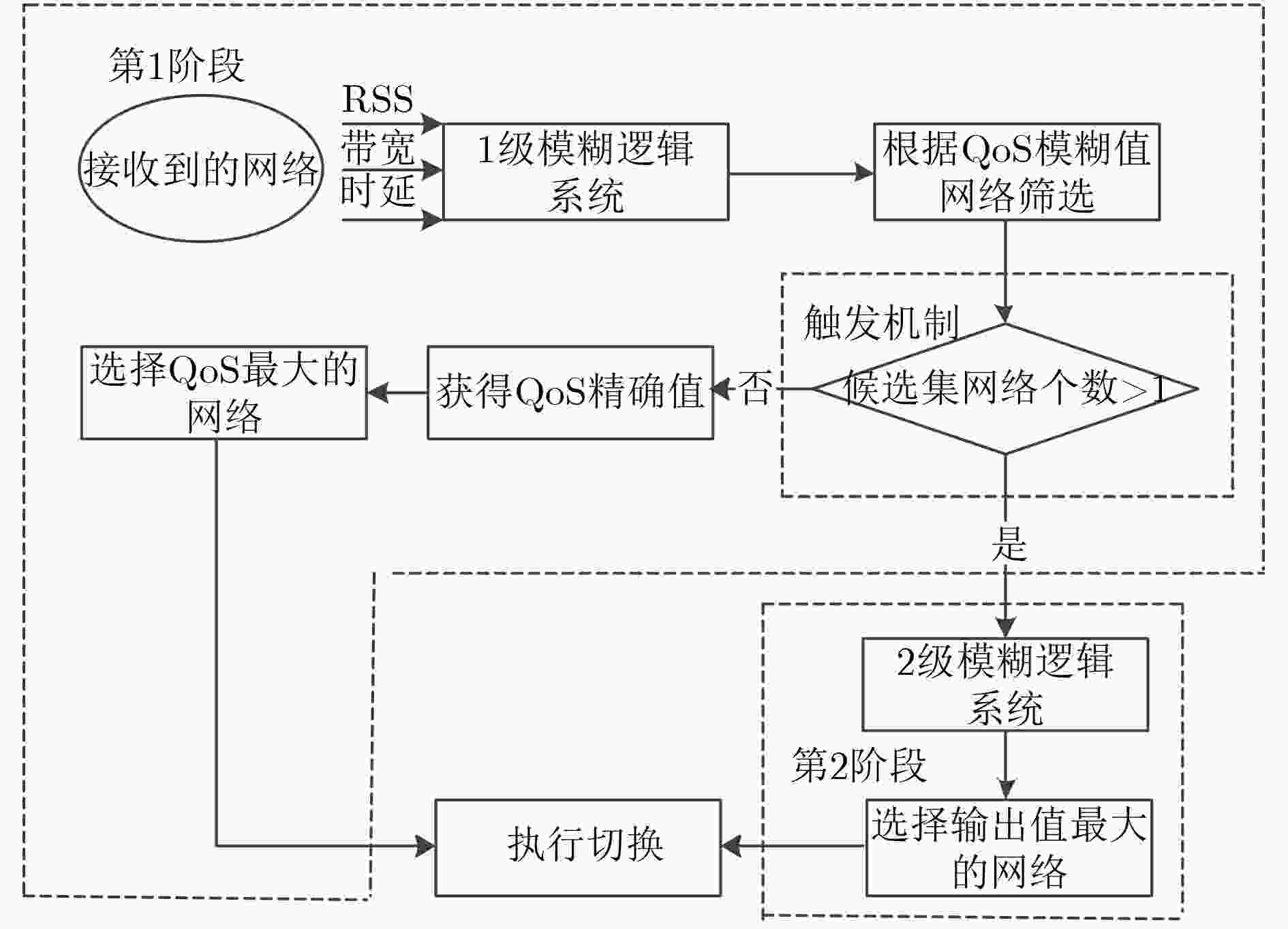
 下载:
下载:

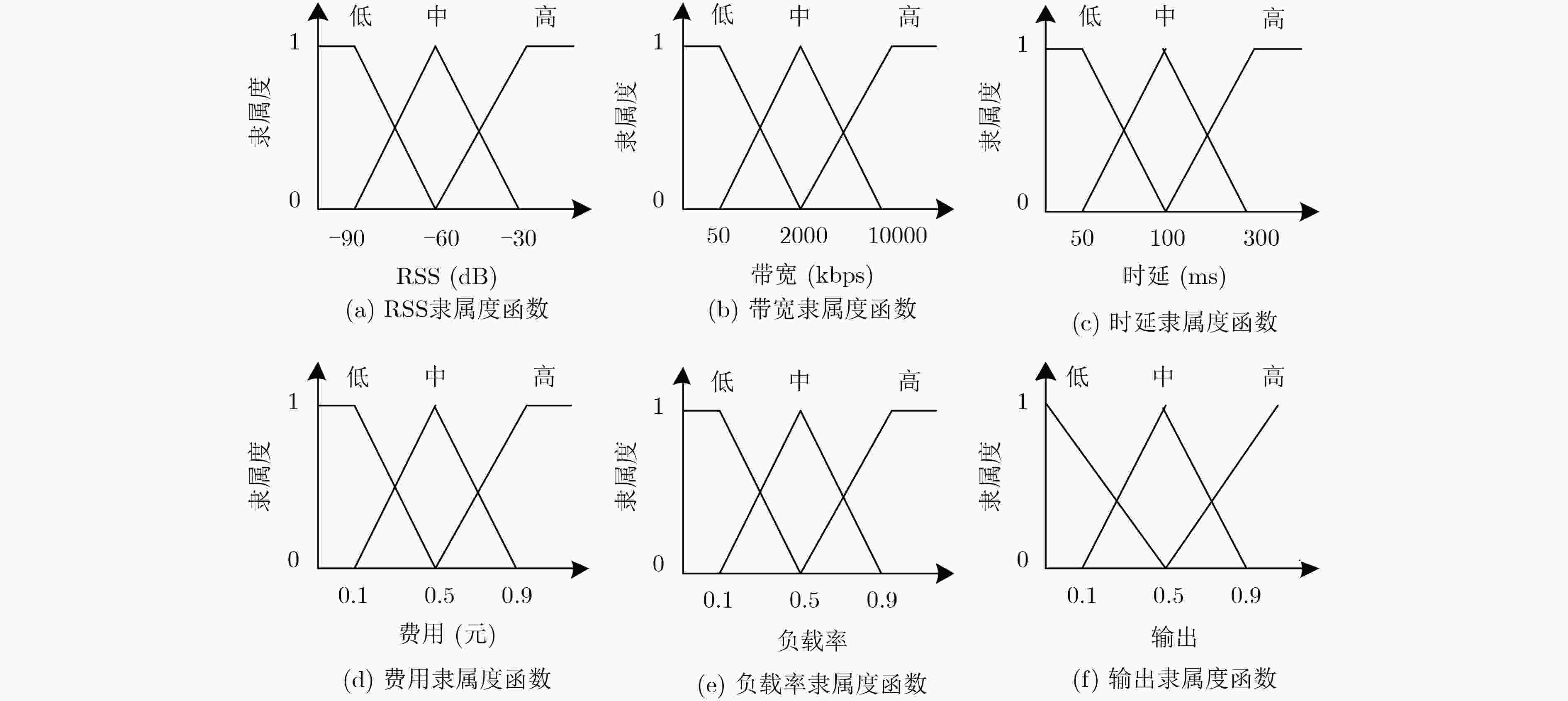
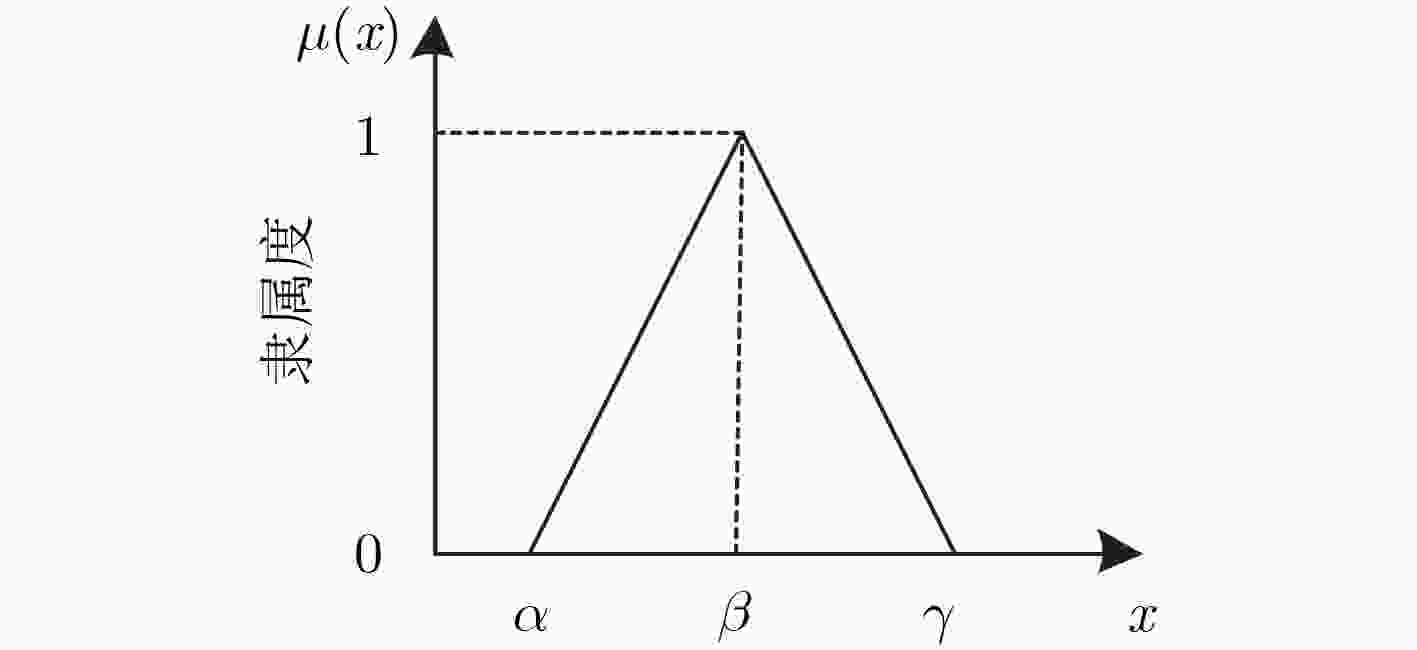
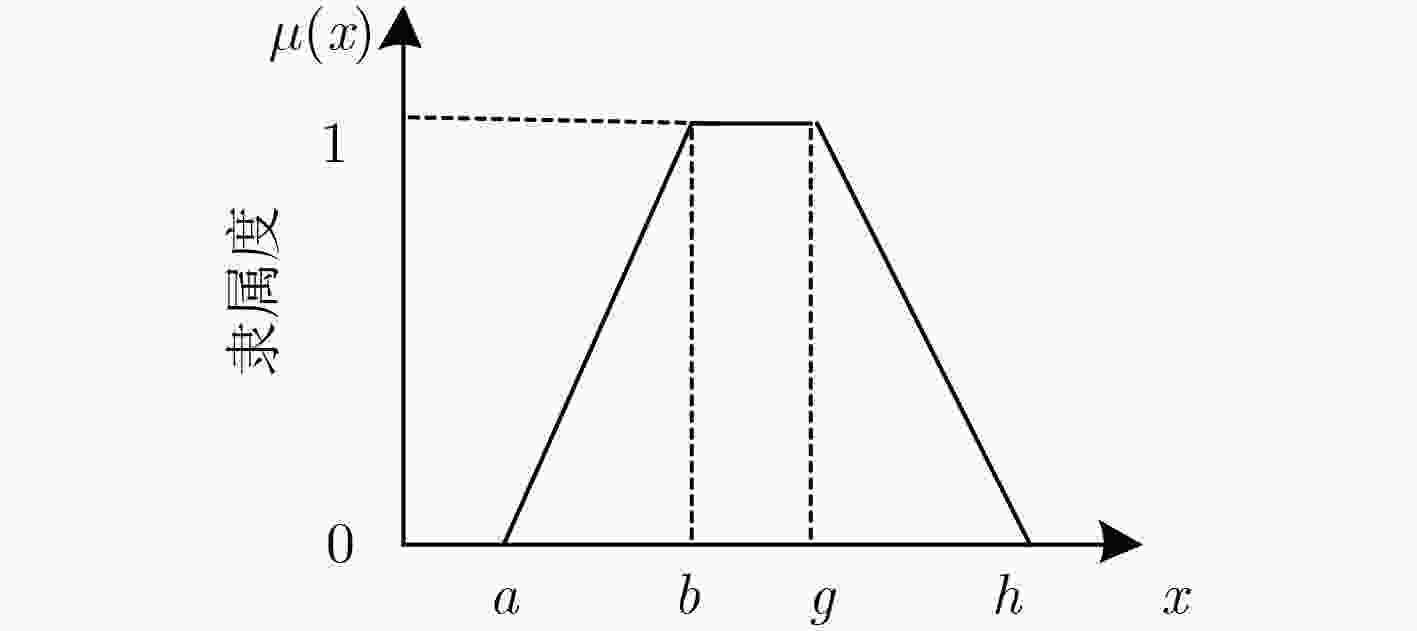
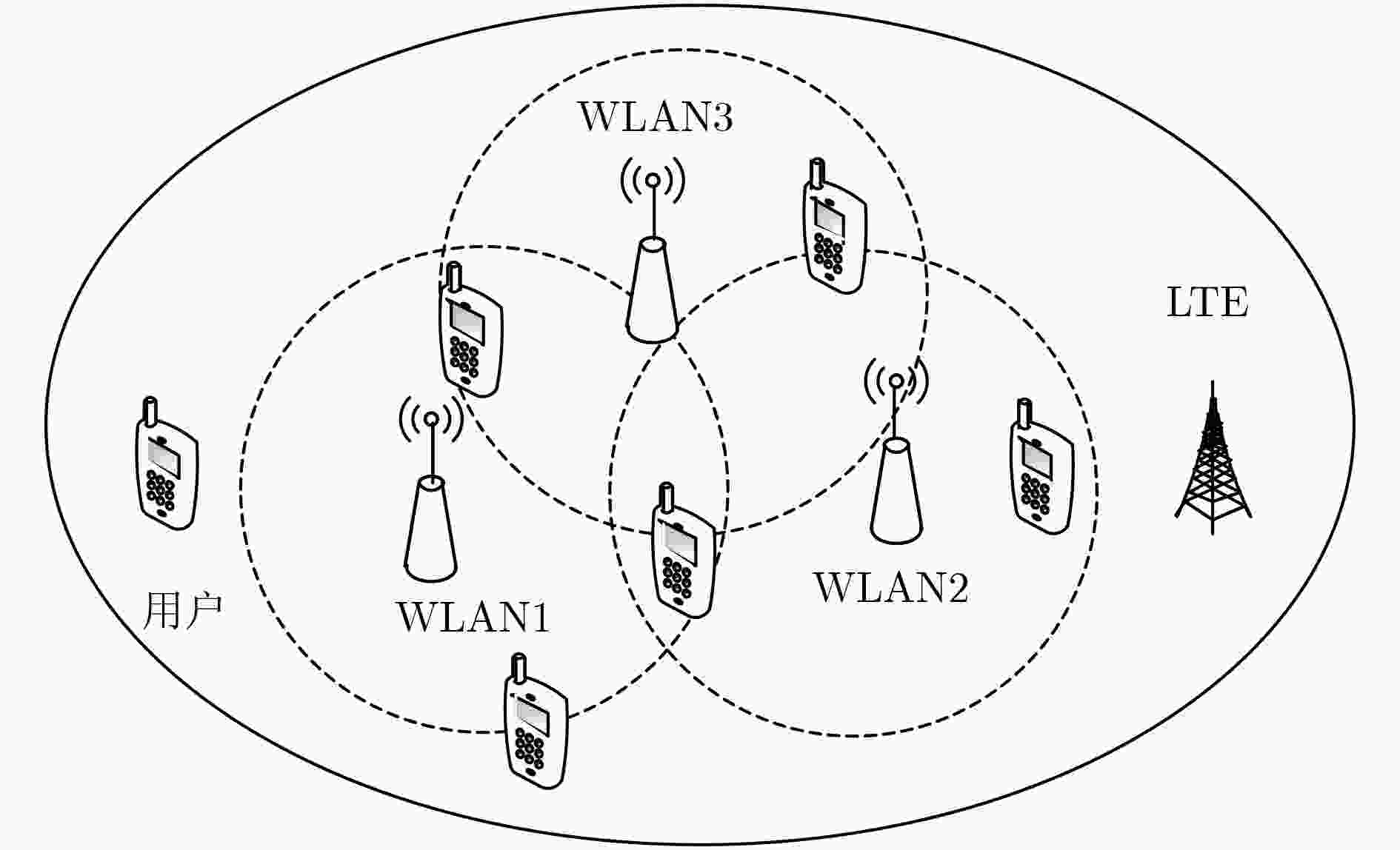
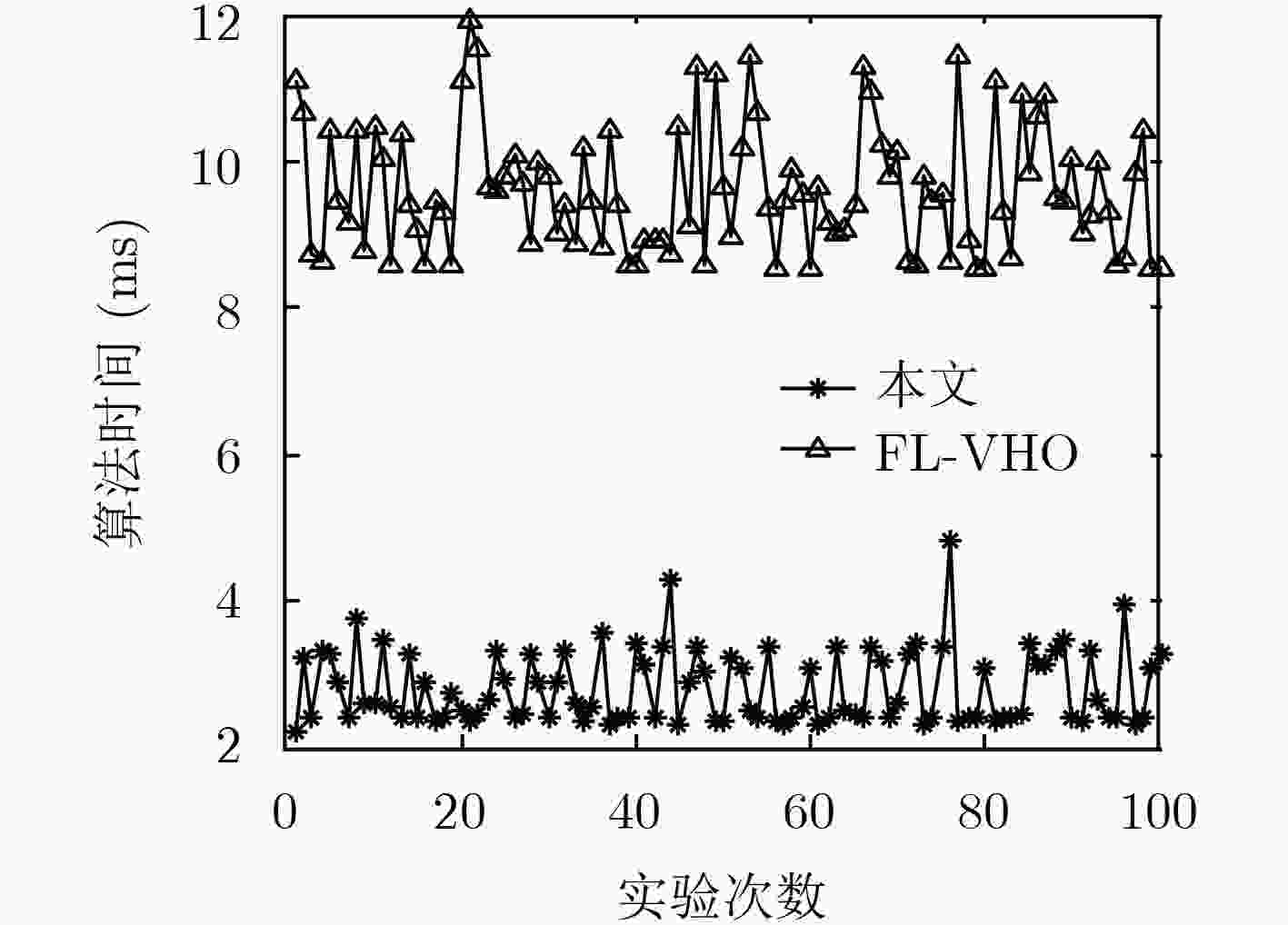
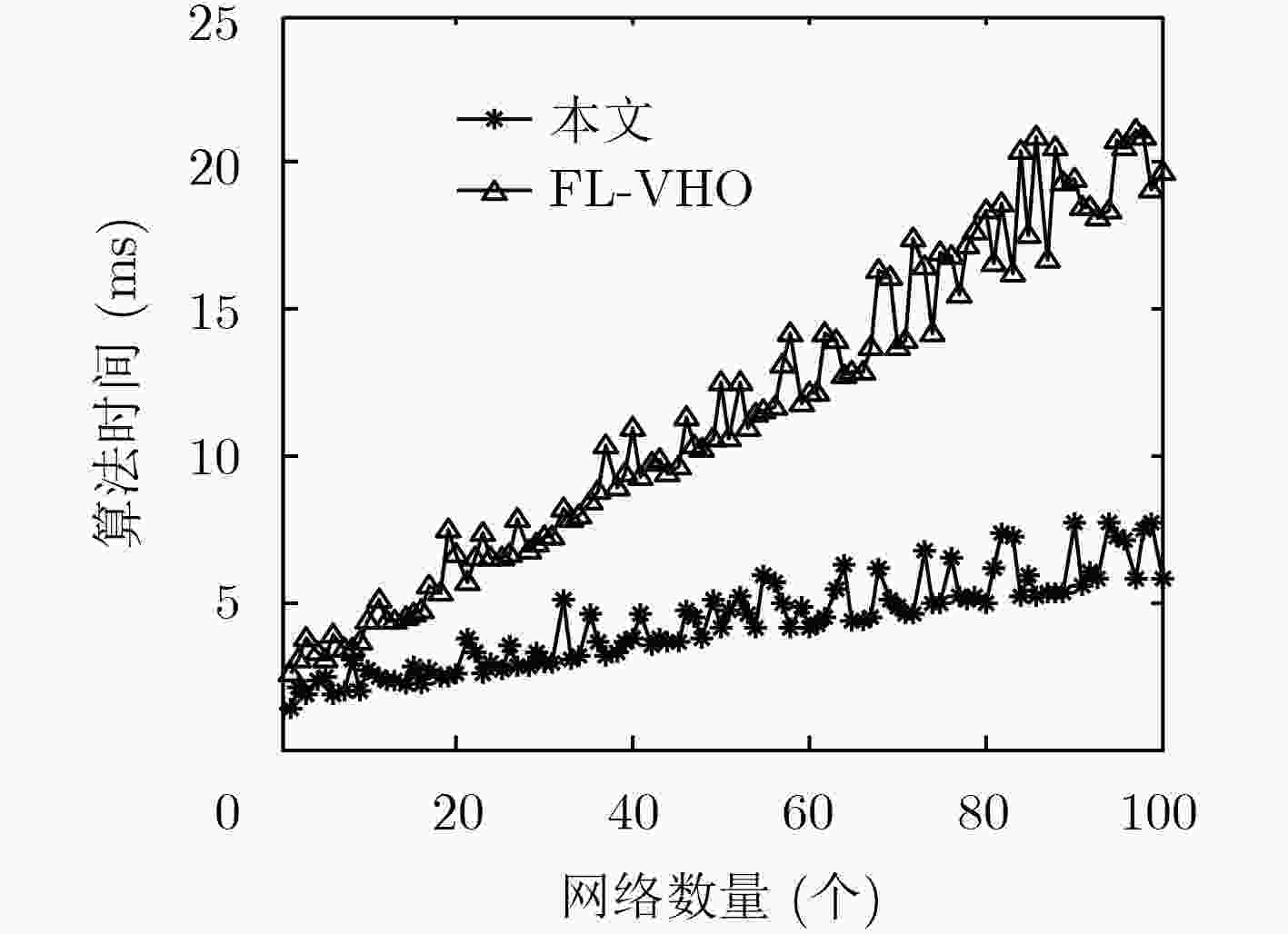
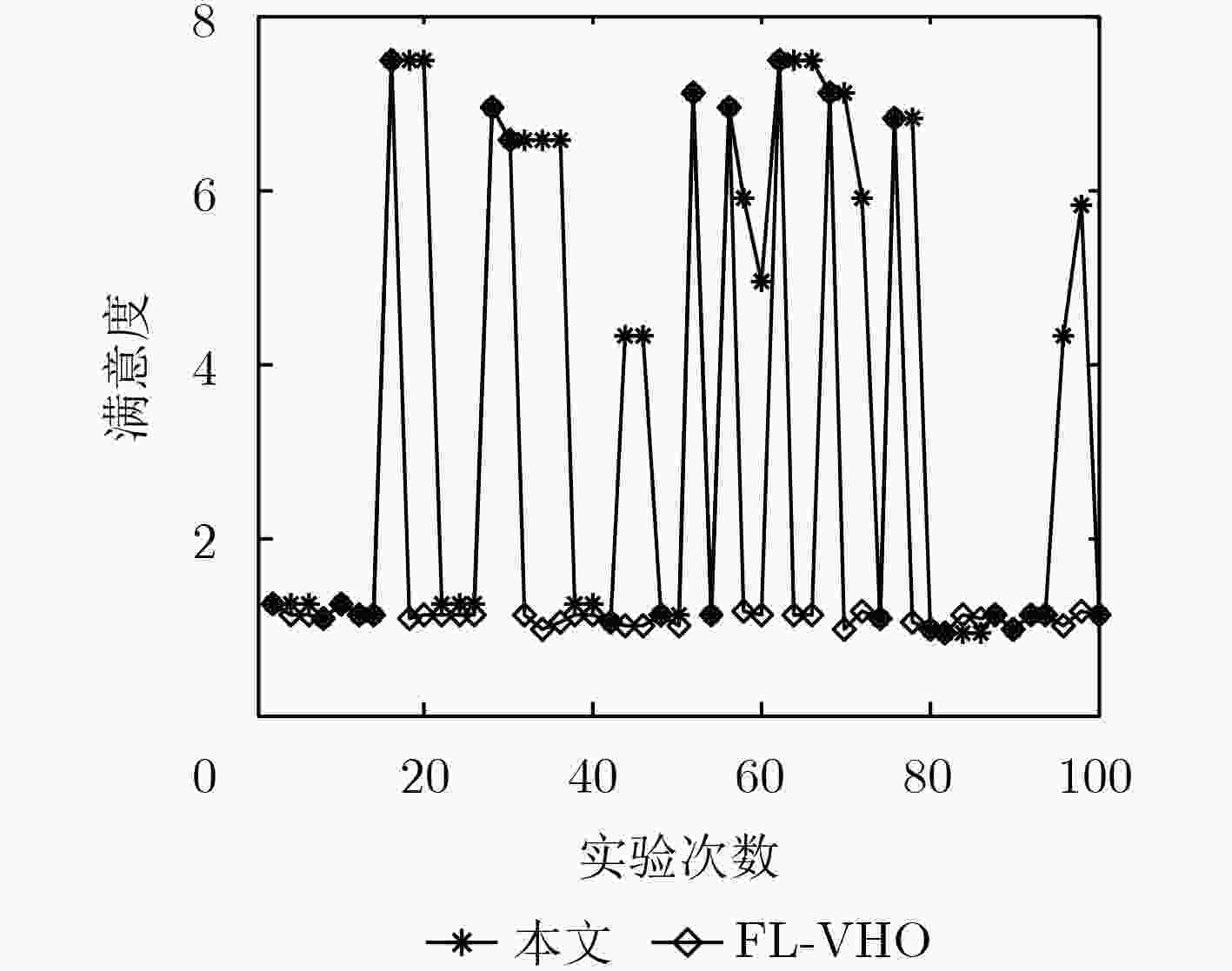
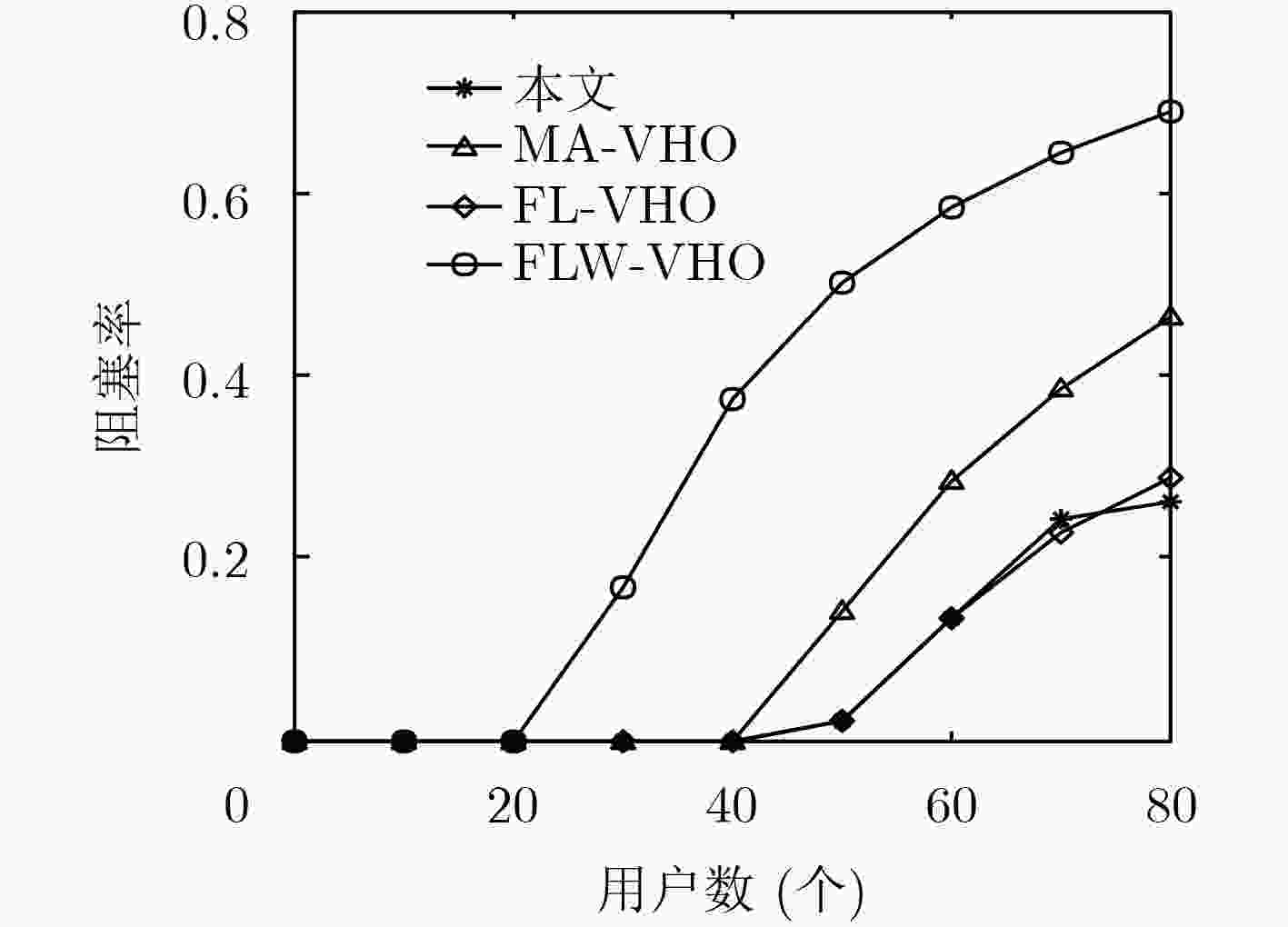



 下载:
下载:
